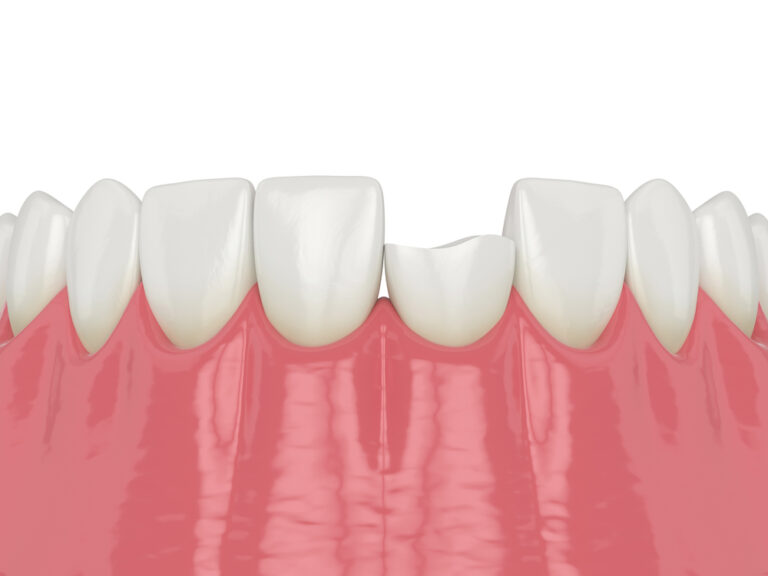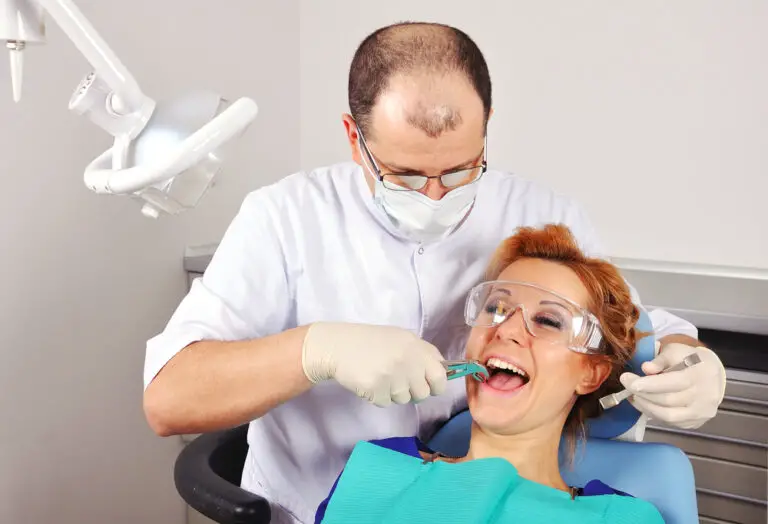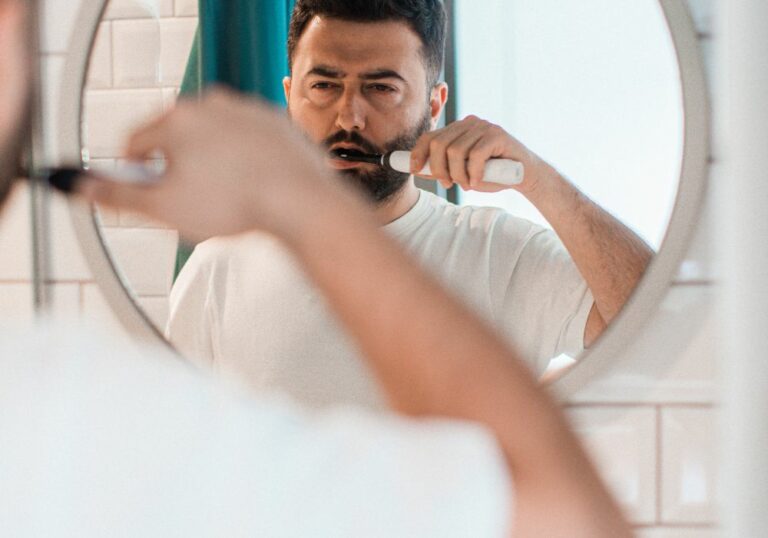What are premolar teeth and their function?
The premolar teeth, also known as bicuspids, are located in the back areas of the mouth, just behind the canine teeth. Adults typically have a total of 8 premolar teeth – 4 in the upper arch and 4 in the lower.
The premolars have several important functions:
- They assist with biting and chewing food – Their location and shape allow them to crush, grind and break down food as it is being chewed.
- They support facial structure – The roots of premolar teeth provide support to maintain the structure and contour of the cheeks and lips.
- They aid in speech – Premolar teeth play a role in proper pronunciation and speech.
- They distribute bite forces – The premolars bear some of the force generated during biting and chewing. This protects the back molars from excessive forces.
- They initiate digestion – By grinding food, the premolars increase the surface area for chemical digestion and enzyme action. This helps break down starches, fats and proteins.
With their unique shape and location, the premolar teeth play a crucial role in effective biting, chewing, speech, and initiating the digestion process.
Why might premolar teeth be extracted for braces?
In some cases, the orthodontist may recommend extracting one or more premolar teeth before placing braces on the teeth. There are several possible reasons this might be suggested:
To Relieve Crowding
One of the most common reasons is to relieve crowding of the teeth so there is enough space to properly align them. Premolars are often chosen because they are located away from the visible front teeth. This minimizes the impact on appearance. Removing premolars creates space by closing these gaps as the teeth are straightened.
To Correct a Misaligned Jaw
In case of a mismatch between the sizes of the upper and lower jaws, premolar extraction can help “camouflage” this discrepancy and improve the bite alignment.
To Correct a Deep Overbite
Patients with a very deep vertical overlap of the front teeth when biting may benefit from premolar removal to reduce this overbite.
To Allow Movement of Protruded Teeth
If the front upper and/or lower teeth are excessively protruded, extracting premolars makes room to retract them into better position aligned with the other teeth.
To Improve Profile and Facial Esthetics
In some cases of severely protruded front teeth, removing premolars can allow retraction that reduces this protrusion and improves facial profile esthetics.
The goal is to create space in the most inconspicuous way that provides room to properly align the remaining teeth and establish a functional, stable bite.
How does the orthodontist decide if premolar extraction is needed?

The orthodontist will perform a complete examination of the teeth, jaws and bite. This typically includes:
- Visual inspection of crowding, overjet, overbite, etc.
- Analysis of dental impressions or scans
- Review of radiographs to visualize roots and jawbone
- Photographs of face, smile and bite
- Measurements of tooth size, crowding, overbite, etc.
- Assessing growth patterns and jaw development
- Evaluating bite alignment and occlusion
- Testing jaw joint function and mobility
- Considering impacts on facial esthetics
Using this information, the orthodontist can digitally model potential treatment outcomes with and without extractions. Factors like the degree of crowding, protrusion, overbite, profile changes, and stability are assessed to decide if removing premolars is in the patient’s best interests.
Borderline cases may be started without extraction and then re-evaluated during treatment. However, extraction first often allows the most predictable outcome. The goal is to achieve properly aligned, functional teeth and a healthy, stable bite.
Does everyone need premolar teeth removed for braces?
No, premolar extraction is not needed prior to braces for every patient. There are several factors the orthodontist considers when deciding if removing teeth is necessary:
- Degree of crowding – Minor crowding may not require extraction. Moderate crowding can sometimes be managed with other techniques like expansion. Severe crowding typically benefits from extraction to create space.
- Overjet amount – If front teeth stick out 3-5 mm, braces may correct this. Protrusion over 5-7mm usually requires extraction for retraction.
- Issues with jaws/bite – Extraction helps camouflage jaw discrepancies and correct deep bite problems.
- Teeth-to-jaw size mismatch – Too many teeth for the jaw size requires removal of some teeth for space.
- Growth potential – Growing teens may have room naturally without extraction. Extraction more likely needed for adults.
- Compliance with appliances – Using headgear, elastics as directed may prevent the need for extraction in borderline cases.
The orthodontist examines all these aspects to determine if extraction is recommended for each patient or if other treatment options exist to create room without removing teeth. If extractions are chosen, the goal is to remove the minimum number of teeth necessary.
How are premolar teeth extracted?
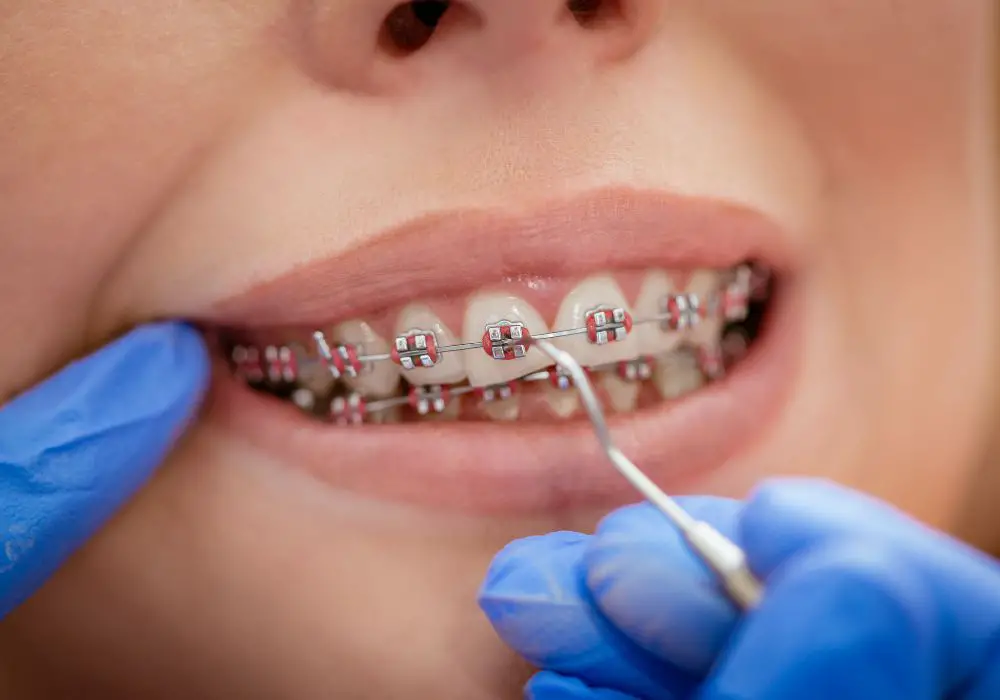
The actual process of removing premolar teeth is performed by an oral surgeon and involves the following steps:
- Anesthesia – The oral surgeon first administers local anesthetic by injections around the tooth to fully numb the area. This prevents any discomfort.
- Loosening the tooth – Using a tool called an elevator, the surgeon gently loosens the connective tissue attaching the tooth to the underlying bone.
- Extracting the tooth – Dental forceps are carefully positioned around the tooth. The surgeon rocks the tooth back and forth, usually feeling it release from the socket. The entire tooth is then removed.
- Cleaning the socket – Any bone fragments or debris are flushed from the now empty tooth socket using a saline solution.
- Stitches – The surgeon may suture the gum tissue over the extraction site with a few dissolvable stitches.
- Compression – Gauze pad pressure applied by biting down helps stop bleeding and stabilize the blood clot.
This routine extraction process is generally quick, taking 15-20 minutes for a simple premolar removal. Patients report little to no discomfort during the procedure due to effective local anesthesia.
What is the recovery like after premolar extractions?
While removing teeth is usually not an overly painful process, some post-operative discomfort and swelling is to be expected after extractions. Here is what to expect:
- First 24 hours – Bleeding should stop within several hours. Discomfort increases as numbing wears off, peaking at 12-24 hours. Use ice packs to reduce facial swelling.
- First 3 days – Pain and swelling around the site continues to increase, peaking around days 2-3. Over-the-counter pain medication helps relieve discomfort. Eat only soft foods, chew carefully.
- First week – Swelling subsides steadily but may persist for 5-7 days. Discomfort typically decreases to mild soreness. Oral hygiene is maintained gently. Physical activity is reduced.
- 2 weeks – Stitches dissolve around 10-14 days. Normal brushing and flossing is resumed. A soft diet prevents disturbing the healing extraction site when chewing.
- 6-8 weeks – Socket completely fills in with healing bone and tissue after approximately 2 months.Teeth may be sensitive to hot/cold. Hard or sticky foods can damage the site.
With proper care following extractions, the recovery process is usually straightforward for most patients. However, some swelling, bruising, and discomfort should be expected during the first 1-2 weeks.
What aftercare is needed following premolar extractions?
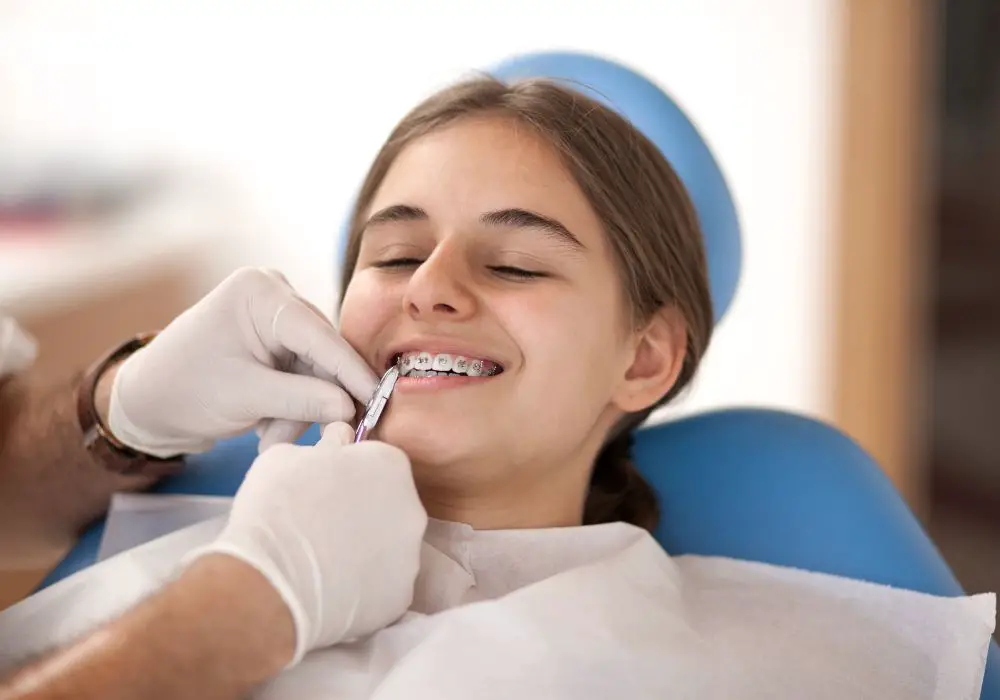
To support the healing process after premolar teeth are extracted, these aftercare steps should be followed:
- Biting pressure – Bite down on gauze pads periodically during the first 24 hours to control bleeding.
- Oral hygiene – Brush other areas normally but avoid disturbing the clot. After 24 hours, gently rinse with warm salt water.
- Ice application – Apply an ice pack to the cheek near the extraction site for 10 minutes at a time to minimize facial swelling.
- Medications – Take over-the-counter pain relievers as directed by your oral surgeon. Take prescribed antibiotics if needed.
- Diet – Stick to cool, soft foods for a few days. Avoid chewing on the extraction side.
- Physical activity – Limit strenuous activity for several days to reduce bleeding risk.
- Swelling – Some facial swelling lasting up to a week is normal. Sleep with your head elevated on pillows.
- Smoking/drinking – Avoid tobacco and alcohol which can delay healing.
Closely following your surgeon’s post-extraction instructions helps prevent complications and supports proper healing after extractions.
When can braces be placed after extracting teeth?
The timeline for having braces placed after tooth extraction depends on the healing process for each individual. However, these general guidelines are often followed:
- Simple extraction – Braces can often be placed comfortably around 4-6 weeks after a routine extraction once the socket has filled in adequately.
- Multiple extractions – Additional time like 6-8 weeks allows better healing if several teeth are removed.
- Complex extraction – For impacted or surgical extractions, wait approximately 6-8 weeks for sufficient bone regeneration.
- With bone grafting – Grafting the socket to preserve bone needs extended healing time of around 8-12 weeks before braces.
- For adolescents – Teens may be able to have braces placed sooner than adults due to faster healing capability.
- With spacer – An orthodontic spacer placed temporarily after extraction preserves space but allows braces 4-6 weeks after.
The orthodontist will monitor your recovery at follow-up appointments and decide when braces can be placed safely without pressure on the healing extraction sites. Proper aftercare helps ensure you are ready as soon as possible.
Frequently Asked Questions
Q: Is it very painful to have teeth extracted for braces?
A: Having teeth extracted is usually not extremely painful due to effective local anesthetic. The numbing shots may pinch slightly. During the procedure some pressure may be felt but there should be minimal to no pain. Afterward, over-the-counter medication and ice packs can relieve normal soreness and discomfort.
Q: How do extraction spaces close with braces?
A: Braces use gradual forces to move the surrounding teeth together into the new spaces created by removing premolars. Proper orthodontic mechanics close these spaces so teeth are aligned without gaps or spaces between them.
Q: Can I decide not to get recommended extractions?
A: You should discuss the pros and cons of recommended extractions with your orthodontist. However, declining extractions has risks like suboptimal, unstable alignment. Most orthodontists will not start treatment unless they can follow their professional recommendations.
Q: Do extraction spaces reopen later after braces?
A: As long as you wear retainers as directed after braces, the closed extraction spaces should remain closed permanently. However, poor retention compliance increases risk of spacing returning over time. Proper permanent retention is critical for stability.
Q: How much do extractions for braces cost?
A: The cost of tooth extraction is separate from braces fees. Removing 4 premolars costs $500-$1500 on average based on the complexity. Check with both your orthodontist and oral surgeon for complete pricing details. Medical insurance may offset some of the cost.


